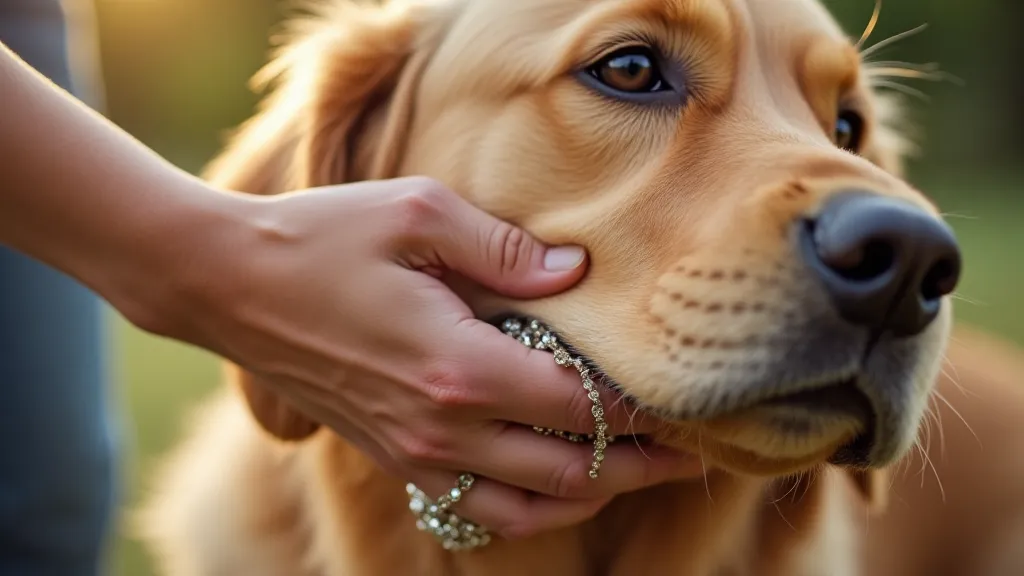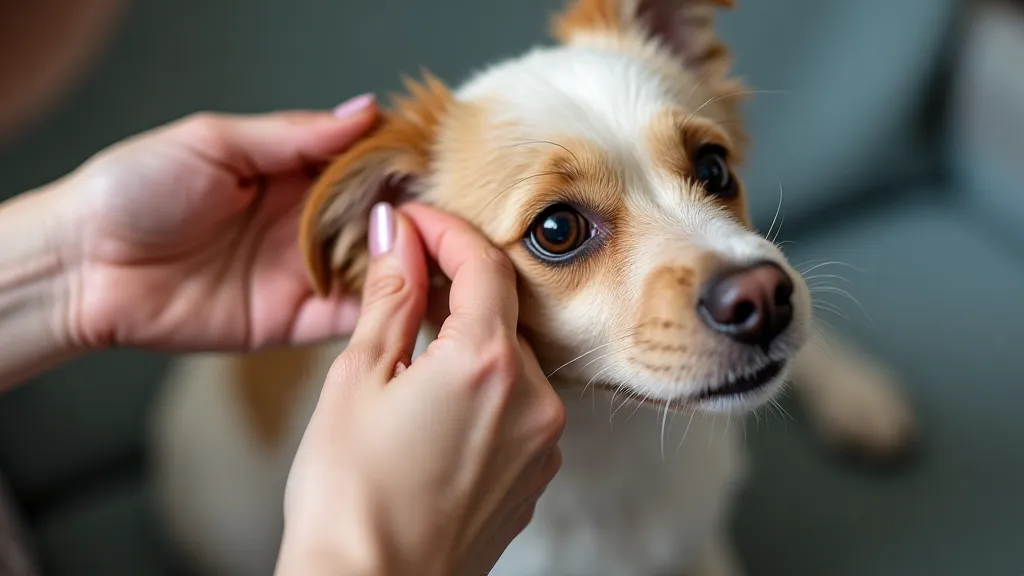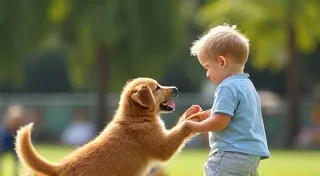Grooming as Ritual: Beyond Aesthetics, a Symphony of Canine Wellbeing
We often view grooming as a chore – a necessary evil in the pursuit of a clean and presentable dog. But what if we reframed that perspective? What if, instead of seeing it as a superficial task, we recognized grooming as a profound ritual, a delicate dance of care and connection that contributes significantly to a dog’s overall wellbeing? Like the patient restoration of an antique accordion – a complex instrument where every button, reed, and bellows contributes to a singular, beautiful harmony – grooming offers a pathway to a deeper understanding and appreciation of our canine companions.

The Historical Perspective: More Than Just Cleanliness
Throughout history, grooming hasn’t always been about aesthetics. For centuries, dogs have been our partners – working alongside us in fields, guarding our homes, and providing unwavering companionship. Grooming practices were often intertwined with these roles. Think of sheepdogs needing regular de-shedding to maintain agility, or hunting dogs needing coats kept trim for optimal performance. Early grooming wasn’t about perfectly coiffed styles; it was about functionality, health, and maintaining the dog's ability to perform its duties. Even simple tasks like ear cleaning weren’t solely about hygiene; they were a means of early detection for potential health issues – a preventative measure deeply ingrained in the human-animal bond. Understanding these breeds and their specific needs starts with appreciating their historical context – similar to understanding the craftsmanship behind a vintage instrument.
Consider the restoration of an antique accordion, an instrument that has witnessed generations. A skilled restorer doesn't just replace broken parts; they meticulously clean, repair, and rebuild, understanding that each component's integrity contributes to the instrument's voice and longevity. Similarly, conscientious grooming aims to preserve and enhance the health and vitality of our dogs.
The Physical Benefits: A Holistic Approach
The physical benefits of grooming extend far beyond keeping a dog looking clean. Regular brushing stimulates blood circulation, distributing natural oils that keep the skin and coat healthy and shiny. It’s also a crucial opportunity for early detection of skin conditions like lumps, bumps, parasites (fleas, ticks), and infections. A keen eye during brushing can identify problems long before they become serious, potentially saving your dog discomfort and expensive veterinary bills. Recognizing potential health concerns during grooming is key, and resources like articles on common dog health problems can provide valuable insights for preventative care.
Nail trimming, often dreaded by both dog and owner, is another vital aspect of grooming. Overgrown nails can cause discomfort, alter gait, and even lead to skeletal problems. Dental hygiene, often overlooked, is equally important. Regular tooth brushing prevents tartar buildup, gum disease, and ultimately contributes to overall health. Think of the delicate adjustments needed to restore an accordion’s reeds – each one playing a vital part in creating the instrument’s tone. Similarly, each grooming task contributes to a dog’s physical wellbeing.
Building Trust and Strengthening Bonds
Grooming isn’t just about the physical; it’s profoundly emotional. Many dogs, particularly those with difficult pasts, associate human touch with fear or trauma. Making grooming a positive experience – using gentle techniques, offering praise and rewards, and never forcing a dog into a situation they’re uncomfortable with – is crucial for building trust and strengthening the human-animal bond. A fearful dog during grooming can be compared to an accordion with warped bellows - requiring patience and understanding to repair. Providing a comfortable and safe environment during grooming is just as important as the grooming techniques themselves; understanding the individual needs of your dog, which can vary greatly between breeds, is paramount. For those with specific breeds like the Beagle, recognizing their temperament and preferences can further enhance the grooming experience.
Taking the time to gently brush your dog, massage their ears, or trim their nails sends a powerful message: "I care about you." It’s a moment of quiet connection, a shared experience that reinforces your relationship. Think of the satisfaction of bringing an old, neglected accordion back to life – the sense of accomplishment and the beauty of the restored instrument. Similarly, creating a positive grooming experience brings joy and strengthens your bond with your dog.

Beyond the Brush: The Therapeutic Touch
Consider incorporating massage into your grooming routine. Gentle stroking and kneading can relieve muscle tension, improve circulation, and provide comfort. Dogs with arthritis or other mobility issues often benefit greatly from therapeutic massage. Just as a skilled accordion repairer might carefully adjust the instrument's levers to optimize its performance, a gentle massage can help alleviate discomfort and improve your dog’s quality of life. The breed-specific traits can also be helpful when incorporating massage - understanding the physical build of a breed like the Golden Retriever can guide massage techniques for optimal comfort.
The sense of touch is profoundly important in the human-animal bond. A reassuring hand, a gentle stroke, can communicate volumes without a single word. It’s a subtle, yet powerful, form of communication that fosters trust, reduces anxiety, and strengthens the connection between dog and owner. The careful restoration of an antique accordion isn't just about fixing it; it's about understanding the instrument's history, appreciating its craftsmanship, and giving it a new lease on life – a similar sentiment applies to nurturing a dog's wellbeing through consistent, mindful grooming.
Grooming and Breed Specific Needs: A Deeper Dive
While the core principles of grooming apply to all dogs, recognizing that breed-specific needs profoundly impact the process is vital. The coat types vary significantly – from the silky locks of a Maltese to the double coat of a Siberian Husky, each demanding unique care. Understanding the historical purpose of a breed can provide insight into its coat's function and ideal maintenance. For example, the thick, protective coat of a Bernese Mountain Dog evolved to withstand harsh alpine conditions. Neglecting this heritage and assuming a “one-size-fits-all” approach can lead to discomfort and even health problems for the dog.
Furthermore, different breeds are predisposed to certain health conditions that can impact grooming requirements. Long-haired breeds may be more prone to matting and skin infections, while breeds with pendulous ears, like Basset Hounds, are at higher risk of ear infections. Being proactive in addressing these breed-specific concerns through regular grooming and preventative care is a cornerstone of responsible pet ownership.
The Psychology of Grooming: Building a Positive Association
Beyond the physical and breed-specific considerations, the psychology of grooming plays a crucial role in creating a positive experience for your dog. Many dogs have preconceived notions about grooming, often stemming from negative past experiences. For those dogs, approaching the grooming process with patience, empathy, and positive reinforcement is paramount. Begin with short, positive interactions, gradually introducing grooming tools and techniques. Associate grooming with rewards – treats, praise, or a favorite toy – to create a positive association. Avoid forcing a dog into a situation they’re uncomfortable with, as this can reinforce negative feelings and create lasting aversion. Sometimes, professional intervention can prove invaluable, especially when dealing with dogs who exhibit significant anxiety or aggression during grooming.
Responsible Pet Ownership: Grooming as a Cornerstone
Responsible pet ownership goes beyond providing food, shelter, and veterinary care. It encompasses a commitment to understanding and meeting your dog’s physical, emotional, and behavioral needs. Grooming, when approached as a ritual of care and connection, becomes an integral part of that commitment.
It’s about recognizing that grooming isn't just about aesthetics; it's about health, trust, and the beautiful symphony of the human-animal bond. Like the dedicated artisan painstakingly restoring an antique accordion, bringing its music back to life, we too can play a vital role in enriching the lives of our canine companions through consistent, mindful grooming – a practice that transcends mere aesthetics and becomes a cornerstone of responsible pet care.






